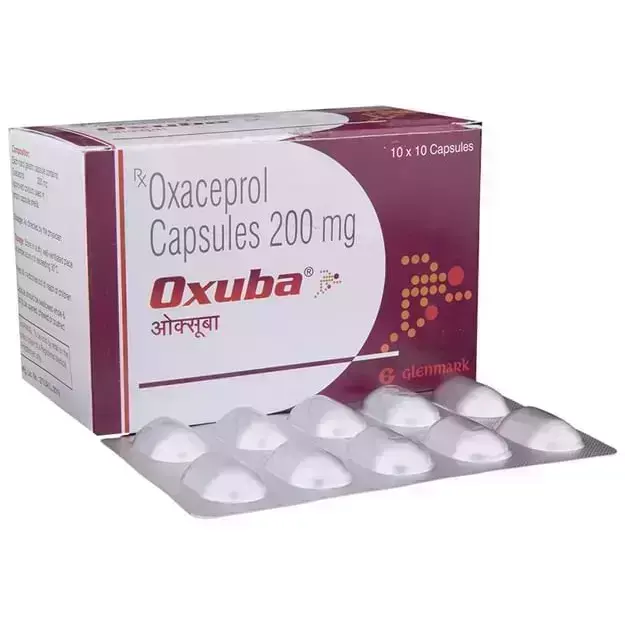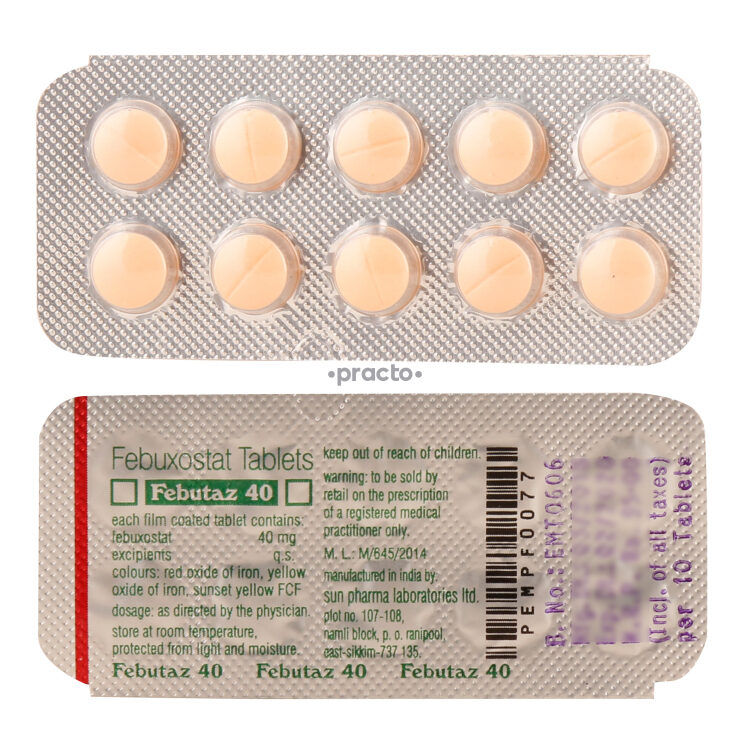Arthritis is a group of conditions characterized by inflammation, pain, and stiffness in one or more joints. The most common forms are osteoarthritis (wear-and-tear degeneration of cartilage) and rheumatoid arthritis (autoimmune attack on joint lining), but it also includes psoriatic arthritis, gout, and juvenile arthritis.
-
Joint Pain & Tenderness: Often worsens with movement
-
Stiffness: Especially in the morning or after inactivity
-
Swelling & Redness: From inflamed synovial tissue
-
Reduced Range of Motion: Difficulty bending or straightening the joint
-
Warmth & Crepitus: A grinding sensation in osteoarthritis
-
-
Mechanical Wear: Cartilage breakdown over time (osteoarthritis)
-
Autoimmune Response: Immune system attacks joint lining (rheumatoid, psoriatic)
-
Crystalline Deposition: Uric acid crystals in gout
-
Genetic Factors: Family history increases risk
-
Injury & Overuse: Previous joint trauma or repetitive stress
-
-
Infection or Illness: Can provoke immune-mediated arthritis
-
Weather Changes: Cold, damp conditions may worsen pain
-
Stress & Fatigue: Amplify inflammatory response
-
Certain Foods: High-purine foods can trigger gout
-
Overactivity or Immobilization: Both excessive use and prolonged rest
-
-
Clinical Examination: Assess swelling, pain, and range of motion
-
Imaging: X-rays, MRI, or ultrasound to visualize joint damage
-
Laboratory Tests:
-
Rheumatoid Factor (RF), Anti-CCP: Markers for RA
-
ESR & CRP: General inflammation indicators
-
Uric Acid Levels: For gout diagnosis
-
-
Joint Aspiration: Analysis of synovial fluid for crystals or infection
-
-
NSAIDs: Ibuprofen, Naproxen—for pain relief and inflammation control
-
Acetaminophen: Alternative for mild to moderate pain
-
Corticosteroids: Prednisolone injections or tablets for acute flares
-
DMARDs:
-
Methotrexate, Hydroxychloroquine, Sulfasalazine to slow disease progression in RA
-
-
Biologic Agents:
-
Etanercept, Adalimumab—target specific immune pathways
-
-
Uric-Lowering Therapy: Allopurinol or Febuxostat for gout management
-
Lifestyle & Adjuncts: Physical therapy, weight management, supportive braces
-
Q1: Can arthritis be cured?
A: Most forms (e.g., osteoarthritis, RA) aren’t curable, but early treatment can control symptoms and slow progression.
Q2: How fast do DMARDs work?
A: You may see benefits in 4–12 weeks; full effect often takes 3–6 months.
Q3: Are biologics safe long-term?
A: Biologics are generally well-tolerated but require regular monitoring for infection risk and routine lab tests.
Q4: What home remedies help joint pain?
A: Warm baths, gentle exercise, weight loss, and topical capsaicin can complement medications.
Q5: When should I see a rheumatologist?
A: If you experience persistent joint pain, swelling, or morning stiffness lasting over 30 minutes, seek specialist evaluation.











